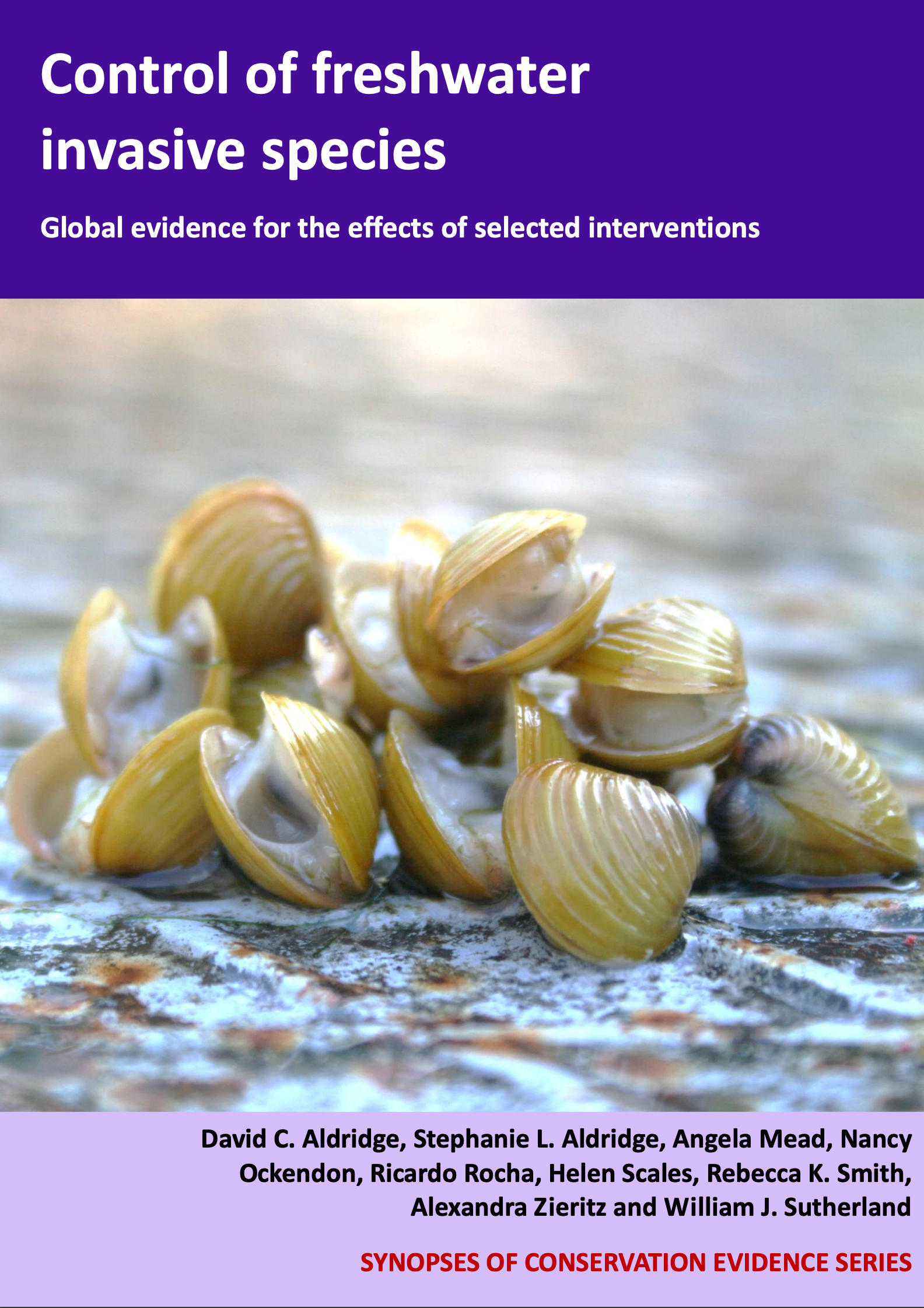Asian clams: Mechanical removal
-
Overall effectiveness category Beneficial
-
Number of studies: 2
View assessment score
Hide assessment score
How is the evidence assessed?
-
Effectiveness
80% -
Certainty
78% -
Harms
not assessed
Study locations
Supporting evidence from individual studies
A replicated, controlled, before-and-after study conducted between 2009 and 2010 at two lake sites in North America (Wittmann et al. 2012) found that suction dredging significantly reduced the abundance of the Asian clam Corbicula fluminea compared to control (non-dredged) sites. After two weeks, density was reduced from around 1,500 to 60 clams/m2 (96% reduction). These effects lasted for at least a year. Diver-assisted suction dredging was applied in five metres water depth at two sites. The equipment had a 4 cm diameter hose, 5.5 Horse Power engine at 3,600 rpm net power output, and 196 cm3 displacement. Each site had three dredged (to 8-13 cm deep) and one un-dredged control plot of 36 m2.
Study and other actions testedA replicated, controlled, before-and-after field trial conducted during 2012 in the tidal reaches of the River Barrow, Ireland (Sheehan et al. 2014) found that dredging could reduce the biomass and density of the Asian clam Corbicula fluminea. At a site with high clam biomass and high clam density, dredging achieved a reduction of greater than 95% biomass and 95% clam density. At a site with a low density and low biomass of clams dredging achieved a reduction of biomass by 82% and density by 65%. At a site with high density and low biomass of clams dredging achieved a reduction of biomass by 74% and density by 92%. There was no difference in the effectiveness of the three dredge types used. In each of the three sites, three control and three experimental plots were marked by buoys. In each plot, clam biomass and density was estimated before and after trials using five 0.25m2 quadrats which were hand-searched by divers. The three experimental plots at each site were dredged using eithera box dredge, an electric dredge or a hydraulic dredge. Dredging selectively removed larger clams (18-32 mm length).
Study and other actions tested
Where has this evidence come from?
List of journals searched by synopsis
All the journals searched for all synopses
This Action forms part of the Action Synopsis:
Control of Freshwater Invasive Species
Control of Freshwater Invasive Species - Published 2017
Control of Freshwater Invasive Species Synopsis





)_2023.JPG)














